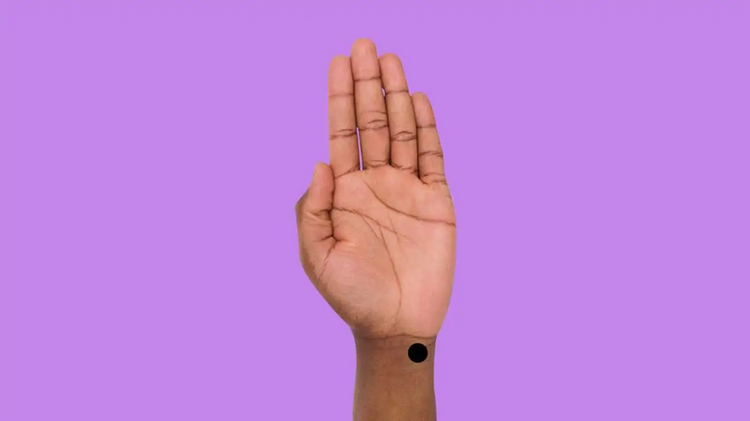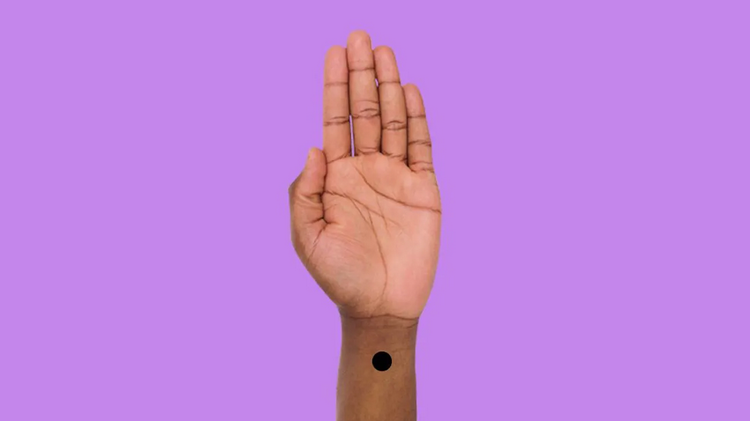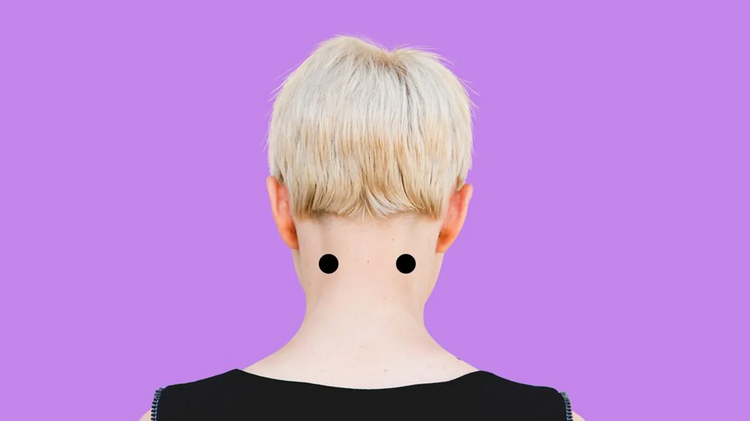Anyone who has had an Acupuncture session can likely tell you that, among it’s other benefits one immediately felt one is often how deeply relaxing it is. I’ve even heard a few patient’s admit to falling asleep on the acupuncture table while seeing Evolve’s Dr. Peter Wood; they were simply so relaxed. As we enter the new year, many of us are hoping to catch up on lost sleep after the holidays. While you can’t always have acupuncture before bed time, acupressure can be just as sedating. Below Dr. Wood shares his insights and explores a few acupressure points you can activate yourself, that may just help you drift off to dreamland a little bit faster.
Several psychological or physiological reasons may make it hard for you to fall asleep at night, and the holiday season often serves to exaggerate these factors. These might include: drinking too much caffeine or alcohol, not getting enough sunlight or exercise, or spending too much time on your electronic devices. The first steps in setting yourself up for a good night’s sleep include ensuring you:
- have healthy sleeping habits, such as a routine and turning your electronics off
- have a comfortable, quiet, and dark sleeping environment
- have healthy habits during the day, such as getting enough sunlight, physical activity, and limiting caffeine intake
If you are already taking care of the basics of sleep hygiene then these acupuncture points can be the icing on your sugarplum cake.
Acupressure for sleep
A 2019 meta-analysis suggests that acupressure may slightly decrease the time you fall asleep. It may also increase your sleep efficiency and duration. However, there’s limited research to determine whether acupressure is beneficial.
Three specific pressure points may be more beneficial than others to help you fall asleep faster.
1. Spirit gate

The technique
- Feel for the small, hollow space under your palm on your pinky side.
- Gently apply pressure in a circular or up-and-down movement for 2 to 3 minutes.
- Press down the left side of the point (palm facing) with gentle pressure for a few seconds, then hold the right side (back-of-hand facing).
- Repeat on the same area of your other wrist.
2. Inner frontier gate

The technique
- Count three finger-widths down from your wrist crease on one palm facing up.
- With your thumb, apply a steady downward pressure between the two tendons.
- You can massage in a circular or up-and-down motion until you feel your muscles relax.
3. Wind pool

The technique
- Interlock your fingers (fingers out and palms touching) and open up your palms to create a cup shape with your hands.
- Position your thumbs at the base of your skull, with thumbs touching where your neck and head connect.
- Apply a deep and firm pressure, using circular or up-and-down movements to massage this area.
- Breathe deeply and pay attention to how your body relaxes as you exhale.
Dr. Wood notes that this particular technique may be extra relaxing simply because rubbing the back of the head might make one sleepy. The back of the skull (occiput) also houses the Extra Point An Mian, loosely translated as “Quiet Sleep”. Stroke a line from Wind Pool toward the back of the ears and end at the rounded bone just behind the earlobe. Massage that area firmly for 30 seconds and release.
He also shared that another acupressure point that may have a benefit to sleep is Kidney 6 point (KD6). Saying, “It’s found just below the medial malleolus (ankle bone). We were instructed that while lying on one’s side, place the tip of the medial malleolus from the top leg on the KD6 point of the bottom leg. Let the weight of the leg press on that point while you lie falling asleep.”
There is some theory behind why this technique works. “It relates to what are called the Extraordinary Vessels, in particular, that of the Yin Qiao Channel. Especially effective if dealing with insomnia due to Yin Vacuity (deficiency of the cooling energy of the body).”
If these don’t work, then some relaxation and visualization methods might help, such as:
- 4-7-8 breathing method
- progressive muscle relaxation (PMR)
- visualization
Dr. Peter Wood is a fan of using breathwork to relax and fall asleep saying “I like the Buteyko breathing method technique – the 4-7-8 breath.”
If you’d like to learn more you can email us at info@evolvevancouver.ca to book an appointment with Dr. Peter Wood you can call, email or use our online booking platform.
Please note that any advice in this article doesn’t replace personalized medical advice from a professional.